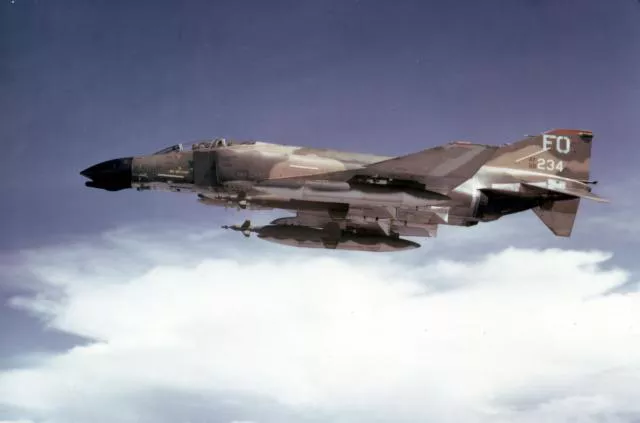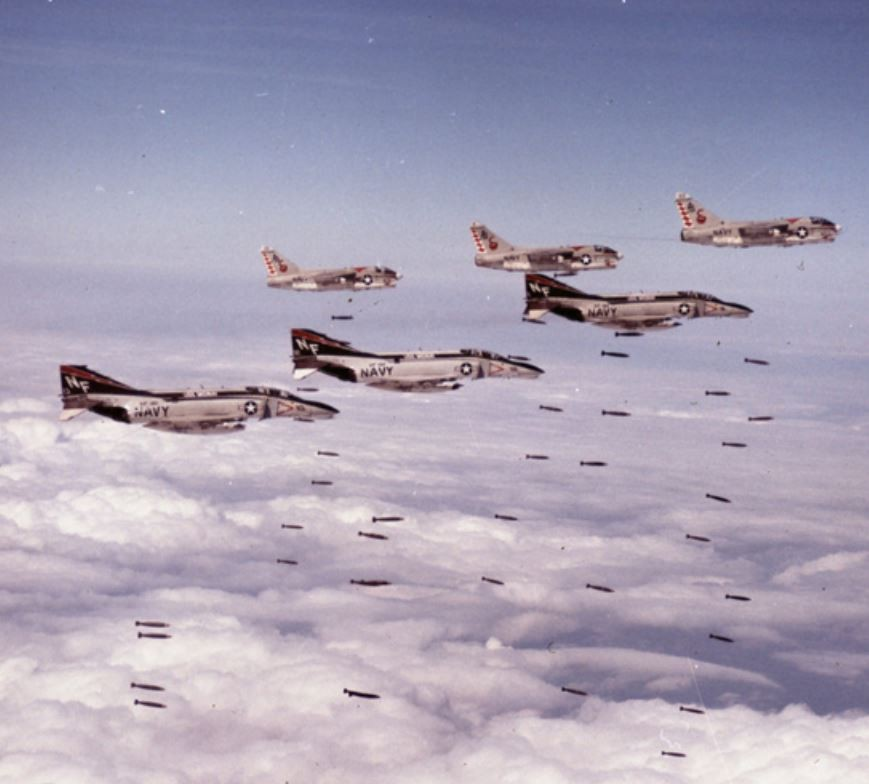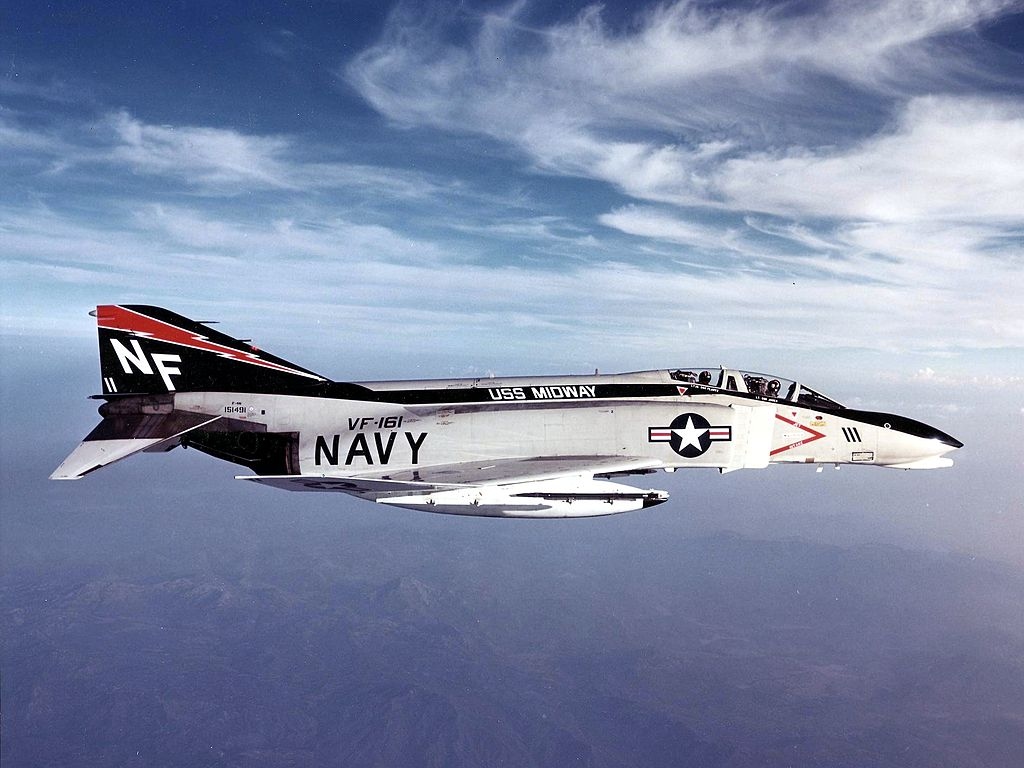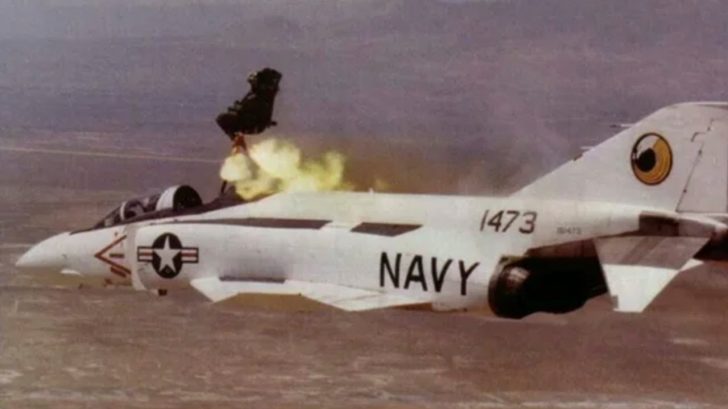The F-4 Phantom II had gained a fearsome reputation as a highly capable multirole fighter aircraft. It was known for its speed, maneuverability, and advanced weapons systems, making it a formidable asset in the U.S. Air Force and Navy. However, an incident that happened on May 10, 1972, would expose vulnerabilities in the F-4’s design and tactics.
This was a pivotal event that happened during the Vietnam War – one that changed the perception of the F-4, an aircraft that had been considered superior in air combat for so long.

Operation Linebacker
A massive North Vietnamese air defense operation was launched against a formation of U.S. Air Force and Navy aircraft on May 10, 1972. As the F-4 Phantoms approached their target, they encountered a well-coordinated enemy defense network comprising surface-to-air missiles (SAMs) and MiG-21 interceptors.
The North Vietnamese SAMs posed a significant threat to the F-4s. These surface-launched missiles were equipped with sophisticated radar guidance systems and had the capability to target and engage aircraft at high altitudes. The F-4s were ill-prepared to defend against this type of threat, as they lacked effective radar warning systems and electronic countermeasures.
As the F-4s pressed ahead with their mission, they were confronted by a swarm of MiG-21s. These agile enemy fighters engaged the F-4s in dogfights, taking advantage of their superior maneuverability and the F-4’s limited ability to engage in close-quarters combat. The MiG-21s exploited the F-4’s larger size, lower acceleration, and inferior turning capability, resulting in several F-4s being shot down.

Lessons Learned
The events of May 10, 1972, highlighted critical vulnerabilities in the F-4 Phantom II’s design and tactics.
Following the incident, the U.S. military recognized the urgent need to address the F-4’s shortcomings. Efforts were made to improve the aircraft’s self-defense capabilities by retrofitting it with advanced electronic countermeasures, radar warning systems, and better air-to-air missiles. These upgrades aimed to enhance the F-4’s ability to detect and engage enemy threats, particularly in the context of surface-to-air missiles and close-quarters aerial combat.
The May 10 attack also reinforced the importance of employing specialized air superiority fighters alongside multirole aircraft like the F-4. The U.S. military placed greater emphasis on aircraft specifically designed for air superiority, such as the F-15 Eagle, which offered superior maneuverability, advanced avionics, and powerful air-to-air weapons.

Untouchable Legacy
While the F-4 continued to serve in various roles throughout the remainder of the Vietnam War, it was clear that it had lost its reputation as an invincible aerial combatant.
Nevertheless, the F-4 Phantom II’s legacy endures as a testament to its service during the Vietnam War and its role in shaping the development of subsequent fighter aircraft.



